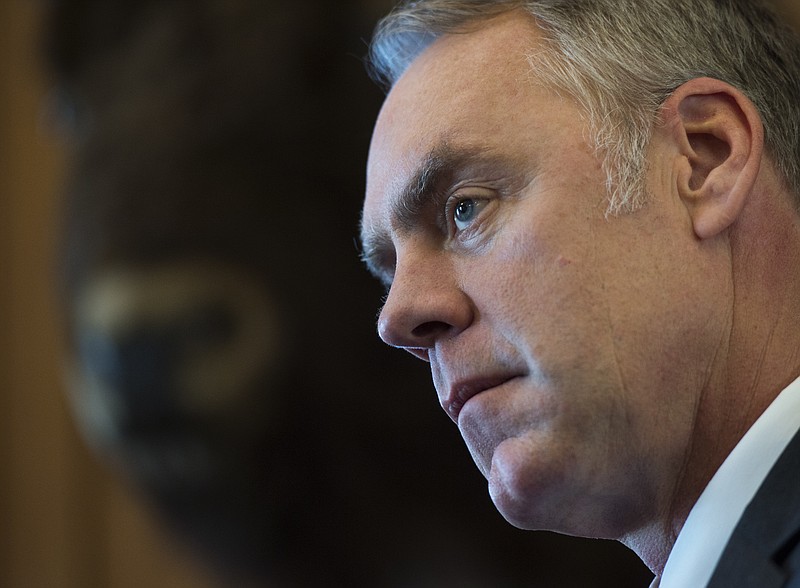WASHINGTON (AP) - The Latest on the proposed U.S. border wall with Mexico (all times local):
2:10 p.m.
The federal government has extended its deadline for companies to bid on the first contracts for President Donald Trump's proposed border wall with Mexico.
U.S. Customs and Border Protection said the six-day extension to April 4 will allow companies time to consider answers to dozens of questions that potential bidders submitted ahead of Wednesday's initial deadline. Earlier this month, the agency published requests for proposals for wall that would be 30 feet (9 meters) high and easy on the eye for those looking at it from the north.
Sen. Claire McCaskill, D-Mo., said Tuesday that administration officials informed her staff that next year's budget will request $2.6 billion to build less than 75 miles (120 kilometers) of wall.
__
12:59 p.m.
Interior Secretary Ryan Zinke says geographic and physical challenges will make it difficult to build the "big, beautiful wall" that President Donald Trump has promised on the U.S.-Mexico border.
Zinke told reporters Wednesday that building a wall "is complex in some areas," including a national park and the Rio Grande River, which twists through much of the 2,000-mile border.
Zinke told the Public Lands Council, a group that represents western ranchers, on Tuesday that the U.S. is not going to "cede" the Rio Grande to Mexico by putting a wall on the U.S. side, nor will the wall be built "in the middle of the river."
Zinke said electronic monitors may be more appropriate in some areas, while areas with imposing natural features may not require additional reinforcements.
